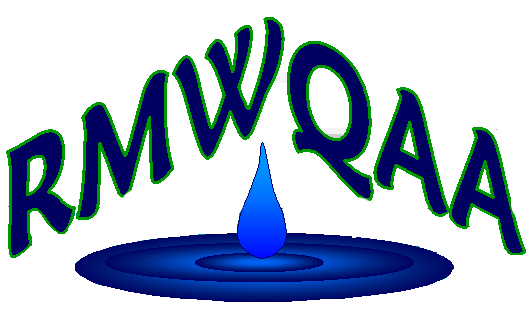What’s my role in the Colorado Water Plan?
By Hope Dalton
In May 2013, Governor Hickenlooper requested the Colorado Water Conservation Board (CWCB) work with stakeholders to create a plan for managing water collaboratively to meet the demand for growing water needs for agricultural, industrial, recreational, and municipal uses. In 2015, the CWCB released the Colorado Water Plan. Chapter 7 of the Colorado Water examines factors beyond water supply and demand; factors that affect water availability such as natural hazards, watershed health, and water quality.
The Colorado Water Plan established a measurable goal to create Stream Management Plans for 80% of the rivers and streams in Colorado and to create Watershed Protection Plans for 80% of critical watershed by 2030. These plans will address a variety of concerns, including pre- and post-fire mitigation, forest mortality, water quality impairments, potential impacts of legacy mines, flood mitigation and recovery, aquatic and riparian habitat enhancement, and land use changes. The Colorado Water Quality Control Commission (WQCC), regulatory body that develops water quality policies and regulations for surface water and groundwater, will assist in this goal by setting a strategic water quality objective to have fully supported classified uses by 2050. These classified uses may including drinking water, agriculture, recreation, aquatic life, and wetlands.
CWCB’s Colorado Watershed Restoration Grant Program will set aside grant funding to support the creation of Stream Management Plans and Watershed Protection Plans. Both of these plans will have a water quality component. Some have developed a database of existing water quality data as well as reviewing the data to disseminate information, identify trends, and identify gaps or shortfalls in the data. The plans also review the water quality data with the water quantity data to determine strategic locations for stream and wetland enhancement, stream/river restoration, and actions to take to reach water quality and aquatic life goals.
As stakeholders gather to create these protection plans to reach Colorado’s goal by 2030, you may participate as a stakeholder, a data provider, a data analyst, or a writer/reviewer. If you work for a regulated entity, you may also be participating in stakeholder groups working to provide the science for future WQCC regulatory hearings where policy decisions will be made to fully support classified uses by 2050.
References:
 Welcome to the
RMWQAA Website!
Welcome to the
RMWQAA Website!  Welcome to the
RMWQAA Website!
Welcome to the
RMWQAA Website!